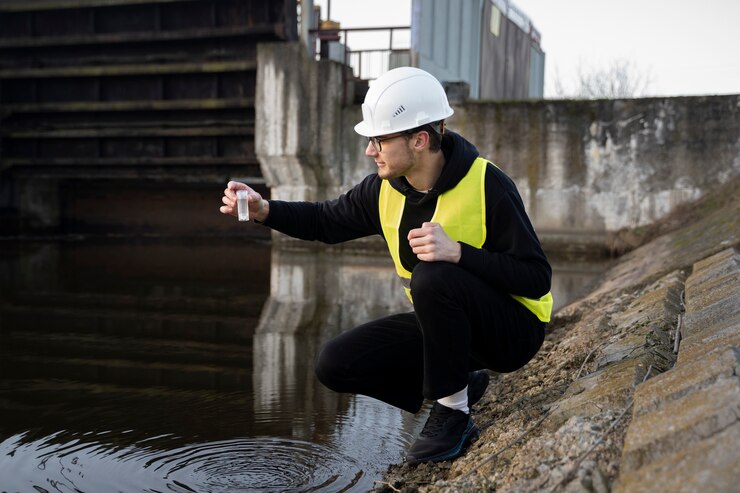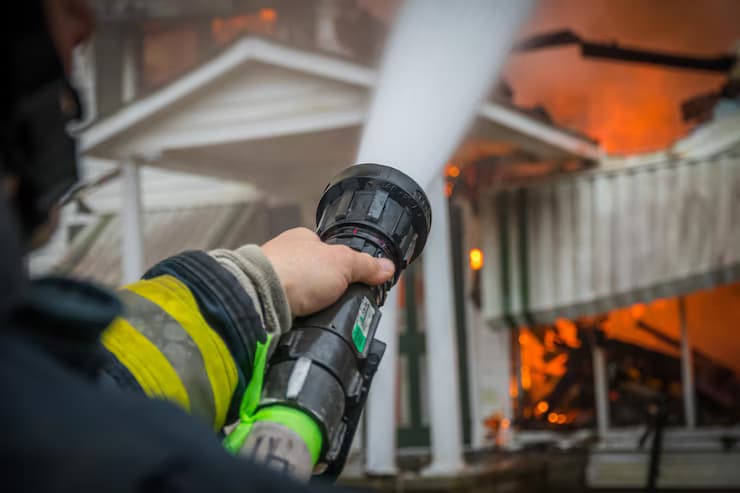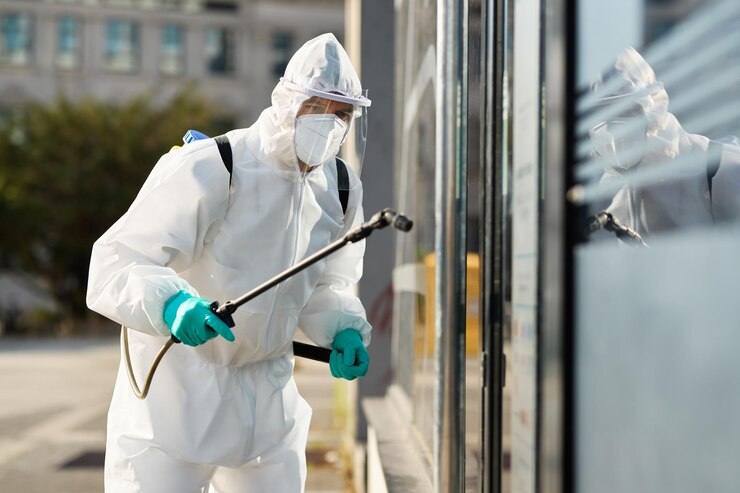Emergency Sewage Cleanup: What to Do After a Backup

Strong 8k brings an ultra-HD IPTV experience to your living room and your pocket.
A sewage backup in your home is not only unpleasant but also a serious health hazard. Contaminated water can carry bacteria, viruses, and other harmful pathogens, making immediate action necessry.
This guide will provide a comprehensive, step-by-step approach to sewage cleanup, ensuring a safe and sanitary home environment.
Understanding Sewage Backups
Sewage backups can occur for various reasons, including:
Clogged Pipes – Blockages from grease, hair, or foreign objects can lead to sewage backups.
Tree Root Intrusion – Roots can invade sewer lines, causing blockages and structural damage.
Collapsed or Damaged Pipes – Old or deteriorated sewer lines can break and cause backups.
Heavy Rainfall or Flooding – Excess water can overwhelm sewer systems, leading to backflow into homes.
Sump Pump Failure – If a sump pump malfunctions, it can result in basement flooding with contaminated water.
Step-by-Step Guide to Sewage Cleanup
1. Ensure Safety First
Before handling a sewage spill, prioritize safety:
Wear protective gear, including rubber gloves, boots, goggles, and an N95 mask.
Turn off electrical power in affected areas if water levels are high.
Keep children and pets away from the contaminated area.
2. Identify and Stop the Source
If the backup is caused by a plumbing issue, shut off the main water supply.
If external factors (e.g., heavy rain) are responsible, wait for the situation to stabilize before cleanup.
Contact a professional plumber if the issue is severe or ongoing.
3. Contain the Contamination
Close doors to unaffected rooms to prevent the spread of contaminated water.
Avoid using toilets, sinks, or drains until the issue is resolved.
If possible, set up plastic barriers to isolate the affected area.
4. Remove Standing Water
Use a wet-dry vacuum or a pump to extract standing sewage water.
If the spill is small, soak up excess water with absorbent towels or rags.
Dispose of contaminated materials in sealed plastic bags.
5. Dispose of Contaminated Items
Remove and discard porous materials such as carpets, upholstered furniture, and drywall that have been exposed to sewage.
Hard surfaces like tile, concrete, and plastic may be cleaned and disinfected.
Seal contaminated waste in heavy-duty garbage bags before disposal.
6. Clean and Disinfect Affected Areas
Scrub surfaces with warm, soapy water to remove residue.
Apply a disinfectant solution (such as bleach and water mixture) to kill bacteria and viruses.
Allow surfaces to air dry completely before reoccupying the space.
7. Dry the Area Thoroughly
Use fans and dehumidifiers to accelerate drying and prevent mold growth.
Open windows for ventilation if weather permits.
Monitor for lingering moisture to prevent secondary damage.
8. Inspect and Repair Damage
Check for structural damage, including weakened floors, walls, or foundations.
Inspect and replace damaged plumbing components as needed.
Consider professional assessment for extensive damage.
9. Prevent Future Sewage Backups
Regularly inspect and clean sewer lines to prevent clogs.
Avoid flushing non-biodegradable items down toilets or drains.
Install a backflow prevention valve to stop sewage from re-entering your home.
Maintain proper landscaping to prevent tree root intrusion into sewer lines.
Frequently Asked Questions (FAQs)
1. Is sewage water dangerous?
Yes. Sewage water contains harmful bacteria, viruses, and parasites that can cause serious health issues, including infections and respiratory problems.
2. Can I clean up a sewage backup myself?
For small spills (less than 10 square feet), you may handle cleanup with proper protective gear and disinfectants. Larger backups require professional intervention.
3. How long does it take for sewage cleanup?
The cleanup process can take anywhere from a few hours to several days, depending on the severity of the damage.
4. How do I remove sewage odor from my home?
Use activated charcoal, baking soda, or vinegar to absorb odors. Proper ventilation and thorough cleaning will also help eliminate lingering smells.
5. Does homeowners' insurance cover sewage backups?
Coverage varies by policy. Some policies cover sewage backup damage if you have specific riders or endorsements.
6. Can sewage backups cause mold growth?
Yes. Excess moisture from sewage spills creates ideal conditions for mold growth. Immediate drying and dehumidification are essential.
7. How can I prevent sewage backups in the future?
Regular maintenance, avoiding drain blockages, and installing backflow preventers can reduce the risk of future backups.
Conclusion
Emergency sewage clean up service requires immediate action to prevent health risks and property damage. By following a step-by-step approach, you can effectively remove contamination, disinfect affected areas, and prevent future issues. While minor backups can be handled with DIY methods, severe cases should be addressed by professionals to ensure thorough cleanup and restoration.
Note: IndiBlogHub features both user-submitted and editorial content. We do not verify third-party contributions. Read our Disclaimer and Privacy Policyfor details.




